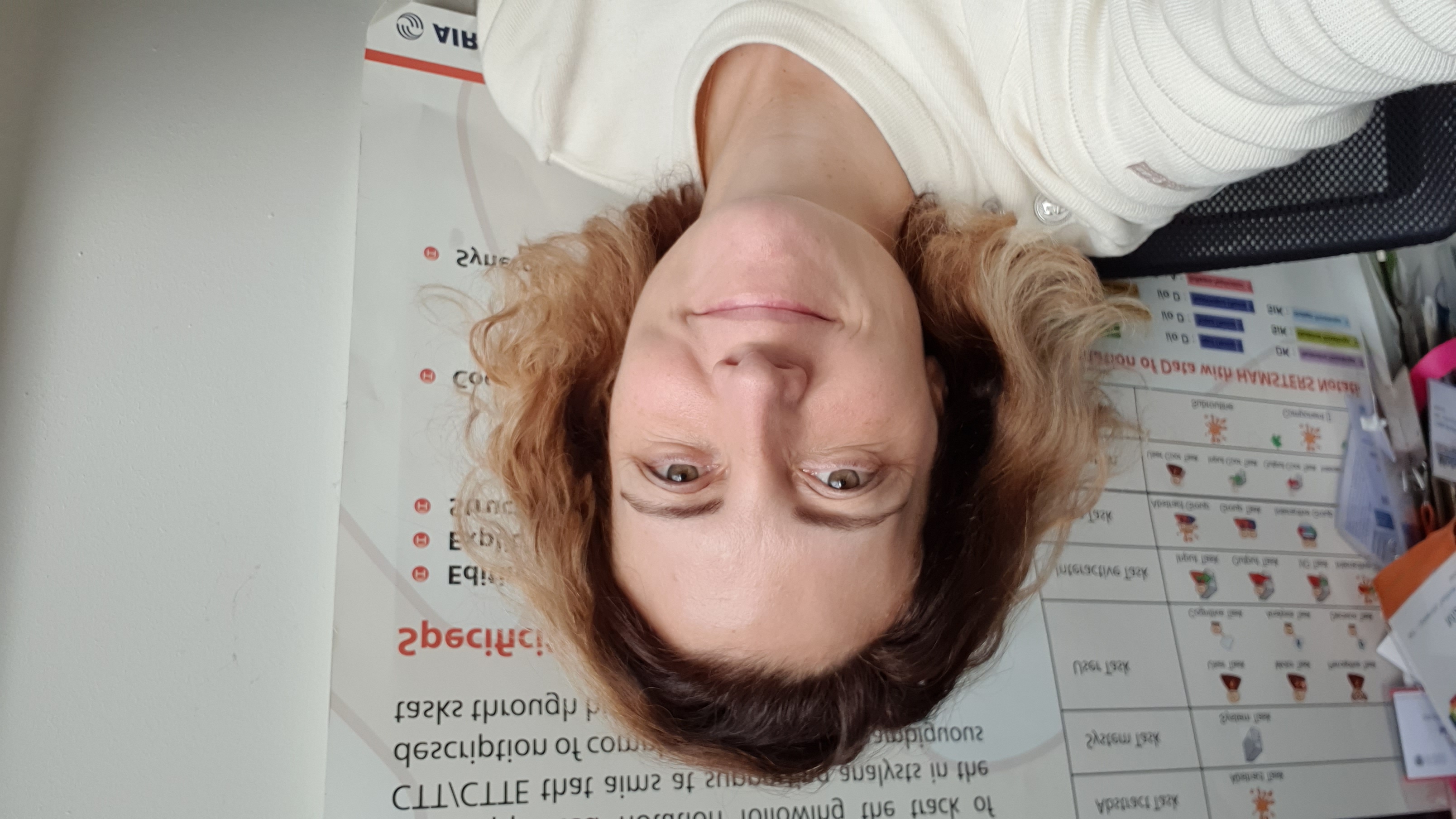A Systematic Process to Engineer Dependable Integration of Frame-based Input Devices in a Multimodal Input Chain: Application to Rehabilitation in Healthcare
Abstract
References
Index Terms
- A Systematic Process to Engineer Dependable Integration of Frame-based Input Devices in a Multimodal Input Chain: Application to Rehabilitation in Healthcare
Recommendations
Touch-sensing input devices
CHI '99: Proceedings of the SIGCHI conference on Human Factors in Computing SystemsWe can touch things, and our senses tell us when our hands are touching something. But most computer input devices cannot detect when the user touches or releases the device or some portion of the device. Thus, adding touch sensors to input devices offers ...
Dual-Surface input: augmenting one-handed interaction with coordinated front and behind-the-screen input
MobileHCI '09: Proceedings of the 11th International Conference on Human-Computer Interaction with Mobile Devices and ServicesInteraction patterns with handheld mobile devices are constantly evolving. Researchers observed that users prefer to interact with mobile device using one hand. However, only few interaction techniques support this mode of operation. We show that one-...
The role of kinesthetic reference frames in two-handed input performance
UIST '99: Proceedings of the 12th annual ACM symposium on User interface software and technologyWe present experimental work which explores how the match (or mismatch) between the input space of the hands and the output space of a graphical display influences two-handed input performance. During interaction with computers, a direct correspondence ...
Comments
Information & Contributors
Information
Published In

Publisher
Association for Computing Machinery
New York, NY, United States
Publication History
Check for updates
Author Tags
Qualifiers
- Research-article
- Research
- Refereed
Funding Sources
Contributors
Other Metrics
Bibliometrics & Citations
Bibliometrics
Article Metrics
- 0Total Citations
- 132Total Downloads
- Downloads (Last 12 months)132
- Downloads (Last 6 weeks)47
Other Metrics
Citations
View Options
Get Access
Login options
Check if you have access through your login credentials or your institution to get full access on this article.
Sign in

